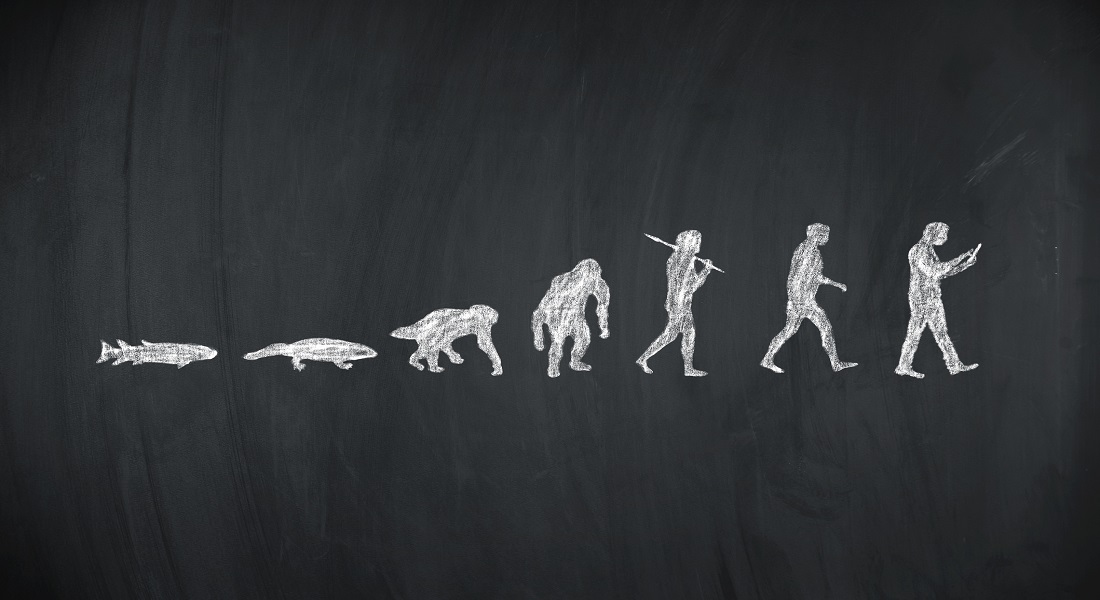An ancient viral infection is most likely to thank for our ability to store long-term memories
Millions of years ago, the organism that evolved to become us humans was infected with a viral protein. According to researchers at the University of Copenhagen, it is quite likely that this virus endowed us with our long-term memory function.

Some viral infections have precipitated death and destruction. Others have helped to spawn key human functions. The latter is the conclusion of a study published in Cell Press Structure in 2019.
In the study, University of Copenhagen researchers demonstrated that the ability of humans to store memories is most likely due to a millions-of-years-old viral infection with the so-called Arc protein.
"The viral infection has probably been crucial for our ability to store memory. That our development as a species has been so impacted by a virus is fairly wild," states Christian Parsbæk Pedersen, a doctoral student at the Department of Biology, and one of the biochemists behind the study.
While previous research in the field also suggested a connection between the viral infection and memory consolidation, the thesis has been confirmed once again.
Arc protein regulates connections between brain neurons
The Arc protein is mainly found in our nerve cells and serves to regulate the amount of a specific type of membrane proteins known as 'AMPA receptors'. These receptors have an influence on the number of signals that brain neurons can send, as well as how much information we can store and remember.
The Arc protein can upwardly or downwardly adjust the amount of AMPA receptors to make them more or less active, "which helps to influence our long-term memory," explains Christian Parsbæk Pedersen, who emphasizes that their understanding of the protein's influence on memory remains incomplete.
However, he adds that "studies show that mice lose their long-term memories when their Arc proteins are removed.”
Infected by the Arc virus. But how?
So, you may wonder — how did Arc ever get into our bodies?
The answer is somewhat complicated. In fact, the Arc protein evolved from a virus that infected ancient organisms long before anything humanlike ever roamed the planet. This happened at around the time when Earth’s first vertebrates emerged, some 200 million years ago.
Humans developed through evolution, so that now, we and other mammals all have the Arc protein embedded in our genetic material. Thus, the Arc protein has survived and been passed along in the genetic material of human beings for millions of years, with only slight changes. Christian Parsbæk Pedersen explains:
"Today, the gene that encodes the Arc protein in our genetic material is no longer pathogenic. Instead, it plays a central role in our ability to form memories."
The Arc protein is just one of the 100 proteins from the human genome derived from viral proteins whose structure and function are being studied in the lab by Christian Parsbæk Pedersen and his fellow researchers at the Department of Biology.
"Delving into the history of our genetic material is exciting because it tells us about our evolutionary journey to become who we are. It's absolutely fascinating that we had to be infected with a virus in order for us to be able to develop our memory function," concludes Parsbæk Pedersen.
Topics
Related News
Contact
Christian Parsbæk Pedersen
PhD
Department of Biology
University of Copenhagen
+45 35 33 55 01
christian.pedersen@bio.ku.dk
Ida Eriksen
Journalist
Faculty of Science
University of Copenhagen
+45 93 51 60 02
ier@science.ku.dk
The Arc protein resembles the HIV virus
- Laboratory analysis of the Arc protein by the researchers showed that Arc shares the same structure as the HIV virus.
- The two viral proteins also share some of the same functions, namely, that they can form globular protein capsids — a property known from virus particles which use protein capsids to protect their genetic material.
Source: Christian Parsbæk Pedersen.
